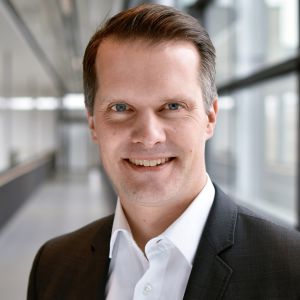Sustainability
Planning and realization
Efficiency and transformation
Management systems provide organizations with a structured approach to achieve sustainability goals. They include the implementation of standards for handling energy and materials. These systems help to effectively integrate sustainable practices into all business processes. This not only improves environmental performance, but also strengthens the trust of customers and partners.
Our consulting services include:
- Concepts for reducing operating costs by increasing energy efficiency
- Identification of potential savings in operation
- Optimization of resource consumption to reduce operating costs
- Development of concepts for energy generation, e.g. design of photovoltaic systems
- Development of concepts for (renewable) heat generation
- Systemic consideration of different energy generation concepts for holistic optimization of consumption and costs
- Development of customized solutions for the integration of renewable energies
- Training to raise awareness
- Workshops to change behavior
- Promoting sustainable practices in production
- Development of concepts for evaluating the current climate footprint
- Deriving a target path to climate neutrality for your company
- Development of strategies for the sustainable transformation of the company
- Economic evaluation of improvement measures
- Deriving a timeline with implementation sequences for economic improvements
- Recording of CO2 emissions in scopes 1, 2 and 3 as corporate Carbon Footprint
- Development of technical concepts for the reduction of emissions
- Development of reduction strategies for the lowering of the Carbon Footprint
Management systems
Well-thought-out logistics and process planning is crucial for smooth and cost-efficient production. Optimizing material flows and efficiently designing production processes ensures that resources are used in the best possible way and throughput times are minimized. Our integrated approaches combine logistical and process-related aspects to improve the entire value chain and ensure a high degree of flexibility in the face of change.
Our services include:
- Development of an ESG scoring
- Introduction and implementation of CSRD and ESRS requirements
- Conducting the double materiality analysis
- Creation of sustainability reports
- Development of a sustainability management system
- Development of an energy baseline
- Development of an energy management system
- Training and information for your employees
- Continuous improvement of energy performance
- Preparation and support for external certification
- Detailed analysis of energy consumption
- Identification of potential savings
- Recommendations for increasing efficiency
- Experienced BAFA energy auditors ensure compliance with all legal requirements
Promotion
Subsidies provide financial support for sustainable projects and facilitate access to monetary resources. The process of obtaining them can be complex – we will guide you safely to your goal. Subsidies enable companies to achieve their sustainability goals more efficiently and to advance new technologies. This allows them to increase their competitiveness while making a positive contribution to the environment.
We offer:
- Funding advice on all relevant federal funding for energy and resource efficiency
- Identification of suitable programs
- Operational handling of the application
- Support with implementation
- Access to current funding opportunities
- Advice on specific requirements
- Support with accessing funding and overall project management
- Identification of suitable funding opportunities
- Support with the application process
- Advice on regional particularities in the funding landscape

Your contact person for questions about your project:
Dr. Tobias Heinen
CEO & Founder
Mail: heinen@grean.de
Tel.: +49 511 / 762 18290